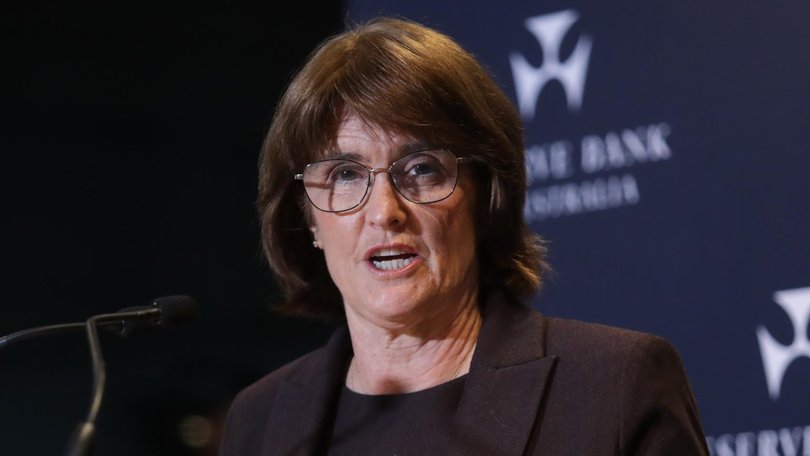EDITORIAL: Jobs fall shows economy is in a precarious position

Michele Bullock knew there was a chance the surprise decision by the Reserve Bank to hold interest rates steady could backfire.
In announcing the bank would keep the cash rate at 3.85 per cent for at least another month, the RBA governor warned that if household consumption lagged behind predictions “a sharper deterioration in the labour market than currently expected” could follow.
She was spot on.
Sign up to The Nightly's newsletters.
Get the first look at the digital newspaper, curated daily stories and breaking headlines delivered to your inbox.
By continuing you agree to our Terms and Privacy Policy.Data from the Australia Bureau of Statistics out on Thursday show the seasonally adjusted unemployment has ticked up to 4.3 per cent from 4.1 per cent. That translates to an addition 34,000 people out of work who don’t want to be.
It means that unemployment has reached its highest level since the pandemic.
A deeper look at the data points to the crux of the problem: as the number of full time jobs fell, the number of part time gigs increased — but not enough to offset that fall. Total hours worked fell 0.9 per cent in June.
Translation: businesses are ditching full time workers and trying to plug the gaps with part time and casual employees.
That’s a symptom of what businesses have been screaming for months — while some of the cracks in the economy have been papered over by massive government spending, it’s still very tough out there in the private sector.
That’s borne out by the results of National Australia Bank’s quarterly business survey, which also dropped its results on Thursday.
It paints a stark picture. Business conditions have dropped to their weakest level since the height of the pandemic shock in 2020.
Wage costs are the biggest drag on business, with nearly 60 per cent of firms surveyed citing it as an issue affecting confidence. No wonder businesses are looking to shed staff where they can.
The upside to all this for households is that an August rate cut appears to be a dead cert.
The dismal jobs data will mean the RBA will want to atone for its error in not cutting rates this month.
Markets have rate cut of 0.25 per cent the next time the board’s bank meets priced at 94 per cent.
Having said that, economists also had a July cut as a forgone conclusion and it is possible the RBA board will deliver another surprise next month.
A reason for optimism that they won’t make the same mistake twice is that the board agrees that rates need to come down — they were only split on when.
These latest figures should put a rocket up them to make a move.
That should free some more cash up in household budgets, which economists hope they will begin spending, rather than saving.
That would give businesses some relief. But it will take a lot more than a rate cut or three to kick the ailing economy back into gear.
That will take serious reform.
Serious reform is something the Federal Government has promised, with Treasurer Jim Chalmers talking up his August productivity roundtable as a place at which all ideas are on the table.
But if it is to amount to much more than another gibberfest, the Government then needs the courage to see it through.
